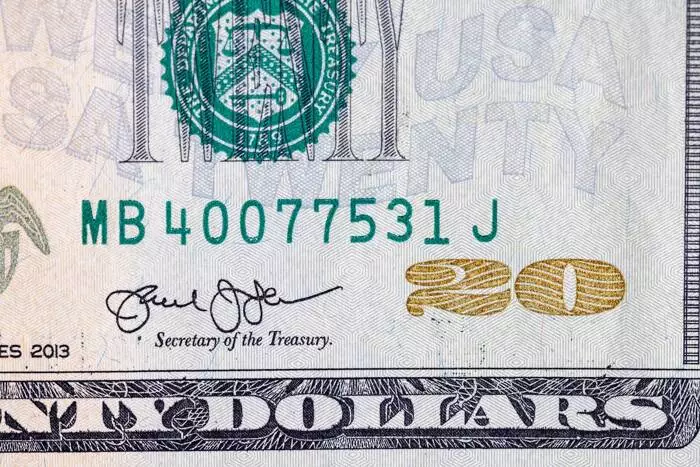Recent economic data reveals a troubling trend: the manufacturing and services sectors are both experiencing contraction, hinting at a possible slowdown that could have ripple effects beyond immediate markets. The latest Purchasing Managers’ Index (PMI) figures underscore declining industrial output, while the ISM services report indicates reduced activity in the service sector. These combined signals jolt investor confidence, suggesting that the economy might be brushing against the edges of a slowdown or recession. This scenario prompts a reassessment of monetary policy expectations, with markets heavily leaning toward aggressive easing from central banks in the coming months.
The anticipation of a further 25-basis-point cut at the upcoming Federal Reserve meeting is almost a consensus, with traders pricing in nearly 60 basis points of easing by year’s end. Such expectations reflect a widespread acknowledgment that maintaining accommodative monetary conditions could be vital to counterbalance economic softness, even if it raises concerns about long-term inflation prospects. With limited key events on the horizon, attention intensifies on the Bank of England’s decisions, where a high probability (around 94%) of a 25-basis-point rate reduction signals a global tightening of monetary policy to support faltering growth.
Geopolitical Tensions and Trade Dynamics Add Complexity
Beyond the domestic economic landscape, international relations are further complicating market sentiment. The U.S.-India trade relationship has taken a troubling turn, with recent efforts by President Donald Trump to impose increased tariffs on Indian imports. The move stems from India’s continued purchases of Russian oil, which the U.S. perceives as indirectly supporting the ongoing conflict in Ukraine. While India has maintained a firm stance—highlighting its reliance on Russian energy imports and condemning perceived double standards—this escalation risks igniting a broader trade conflict.
India’s counterarguments challenge the U.S. to consider its own trade practices, noting that the European Union conducts substantial trade with Russia and that certain U.S. imports from Russia, such as uranium and palladium, continue unabated. This diplomatic friction not only threatens to disrupt trade flows but also signals how geopolitical tensions can spill into economic policy, adding layers of uncertainty for markets vulnerable to geopolitical shocks.
On the diplomatic stage, sensitive personnel decisions in the U.S. add to the turbulence. The resignation of Governor Adriana Krugler ahead of schedule fuels speculation about internal political shifts, especially as President Trump prepares to nominate a new Federal Reserve Chair. The coming nomination process is pivotal; with some key figures pre-emptively ruling themselves out, the lineup is narrowed to a handful of contenders, notably Kevin Hassett, Kevin Warsh, and sitting Fed Governor Christopher Waller. The outcome will inevitably influence monetary policy direction and market stability, given the Fed’s critical role in balancing growth and inflation.
Leadership Changes and Policy Uncertainty Dominate the Climate
Leadership transitions within the Federal Reserve have traditionally generated market noise, but in the current context, they carry even greater weight. Trump’s vow to decide on a Republican candidate for the Fed Chair by the end of the week underscores the significance of this choice. The new appointee’s stance on inflation, interest rates, and economic growth will influence the trajectory of U.S. monetary policy amid a fragile global economy.
The absence of Treasury Secretary Scott Bessent from the nomination race further narrows the field, implying that the administration is weighing different policy perspectives. Whether the new chair will adopt a hawkish or dovish stance—and how aggressively they will act in response to slowing economic indicators—remains uncertain. This political maneuvering adds another layer to an already complex environment, where acute geopolitical tensions, domestic economic indicators, and leadership uncertainties create a perfect storm for market volatility.
In contemplating future market directions, the balance of risk tilts heavily toward continued monetary easing, geopolitical unpredictability, and domestic political flux. Investors and policymakers alike face the challenge of recalibrating expectations amid these upheavals, with the stakes higher than ever. The prevailing narrative suggests resilience might be tested in the near term, but strategic shifts and prudent policy decisions could ultimately steer the global economy toward a more stable footing.

